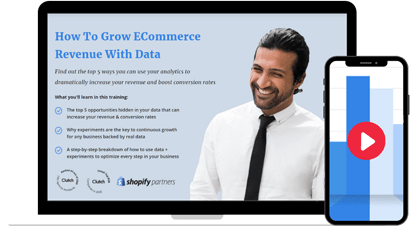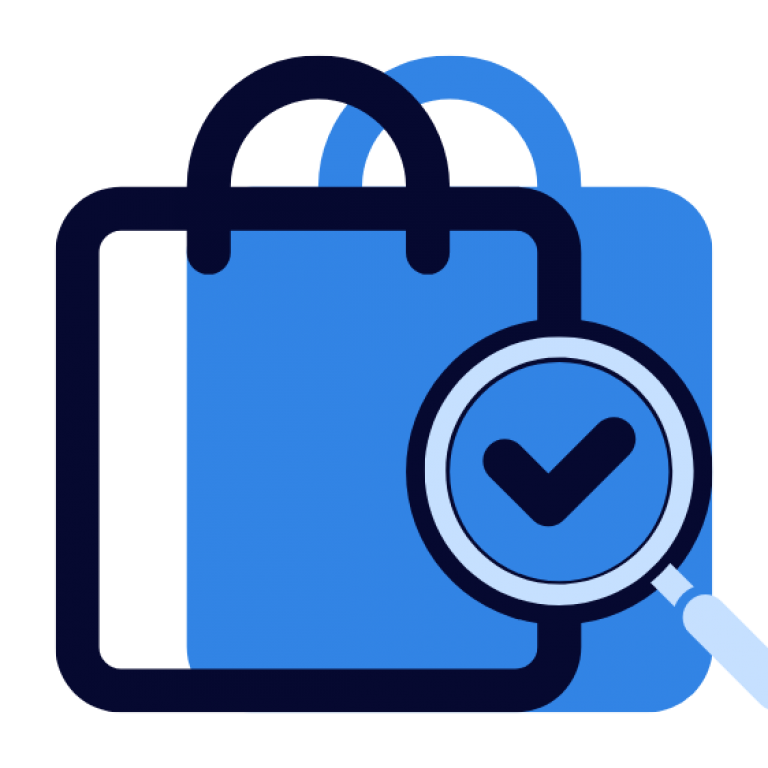a 3-minute read
Data analytics is not meant only for reporting, but for making data-driven decisions and taking action that will help you grow your business. But without a proper data extraction plan, a lot of things can go south.
First of all – if you don’t know how you’re going to get your data, you’re not going to have much data to analyze.
Second of all – the absence of a data extraction plan leaves room for:
- Making mistakes,
- Missing data at the end of your experiment.
Creating a solid data extraction plan will help you make sure you collect the right information that will help you decide on the right course of action. The best thing about it is that it is not at all complicated to create it. Simply follow there three steps:
Data Extraction Plan STEP 1 | Key Performance Indicators
No matter what position you hold or what type of department you work for in an eCommerce business – everything revolves around those magical KPIs – Key Performance Indicators.
So, what is a KPI?
A Key Performance Indicator is a measurable value that demonstrates how effectively a company is achieving key business objectives.
Data analytics is a science on its own, so there’s no reason to make it any more complicated than it already is. Knowing what metrics are “vanity” and which ones are “value” will help you decide on tracking the right ones. Simply answer these two questions:
- What kind of information do we need to understand how we are doing?
- What are the different qualitative and quantitative metrics?*
Know what metrics are important to you will make it easier for you to:
- Pull data that’s relevant
- Not get distracted by all vanity metrics that are superficial and don’t actually matter to your objective or what you’re trying to learn.
* When tracking these metrics you need to know which ones are qualitative and which quantitative because you’ll have different strategies for how to gather that information.
Data Extraction Plan STEP 2 | Information Channels
As the name suggests it – this step is all about:
- What are the information channels you’re going to be tapping into?
- Where are you gathering information from?
- What are the different channel and sources of quantitative and qualitative data?
Everybody runs to Google Analytics to tap into their data. But there are a lot of information channels outside Google Analytics that can be really powerful. Research what channel could be relevant to you, and what channels are available to you.
Here are some of our suggestions:
- Heat maps
- User session recordings
- Surveys
- Competitor research
Data Extraction Plan STEP 3 | Learning Objectives
Even though this is the last step, it actually represents the foundation of the data extraction plan.
Yes, data analytics is used for reporting. But if you use it just to present the current situation or results of some campaign, you’re not using their full potential. Data analytics is all about making important business decisions, that is acting on the gathered information. So, you’ll really want to answer these questions before starting an experiment:
- Why are you capturing all this data?
- What are you hoping to learn?
- How are you going to use it once you’ve gathered it?
Some Final Thoughts
Having a data extraction plan will help you make sense of every action you want to take. Questions like:
- How are you trying to gather your data?
- Where are you trying to capture it?
- What are you trying to learn from it?
- How are you going to use this data in your decision making?
will not only help you make a solid plan but also provide clarity on whether one experiment or approach will help you reach the desired goal or not. Just like the conversion funnel calculator, this plan will help you make the right investment decisions and focus your resources in the right place.



